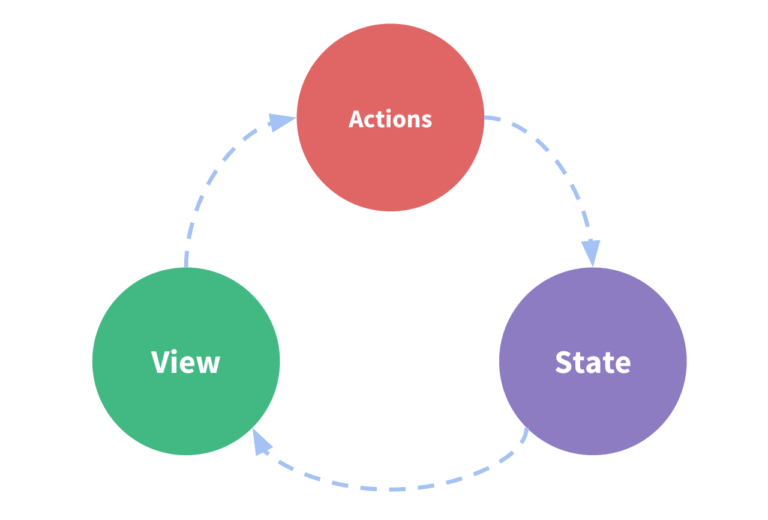
VueJS and VueX: Love at First Sight 🫶🫶
- andre
- 20 de dezembro de 2023
- VueJs, VueX, Web Development
- 0 Comments
Reading: 3 minutes.
Ah, the world of programming, where languages meet, codes intertwine, and specifically, a love story emerges. We’re planning to delve into the enchanting tale of VueJS and VueX, a couple destined for a harmonious partnership full of incredible functionality.
What is VueX and what is it for?
Imagine VueJS as the cupid that unites HTML and JavaScript, creating a dynamic and reactive relationship. Now, add VueX to the equation – the trusty friend that manages your application state in an organized and efficient way. VueX is like the relationship advisor for VueJS, ensuring that communication between components is smooth and drama-free.
VueX is the global state of your application, acting as a centralized store for the data that all components share. With it, you can manage and control state in a predictable way, which is essential in complex applications.

How to configure VueX?
Setting up VueX is easier than deciding between coffee or tea in the morning. Simply install VueX with npm or yarn, and then integrate it with your VueJS application. It’s like adding a special touch to a romantic dinner – it makes everything smoother and more delicious.
Practical example of use:
Let’s take a look at a practical example to illustrate the magic of VueX. Let’s say we’re creating a to-do list application (because, honestly, who doesn’t love a good to-do list?).
And in a component:
That simple! Now, whenever a task is added, VueX will take care of the global state and all interested components will be automatically notified.
And so, we end our tale of love between VueJS and VueX. A story full of powerful features, simplicity and joy for developers. If you’re thinking about building a VueJS app, don’t hesitate to let these two fall in love with your next masterpiece. Who knows, you might end up creating the next love story in the world of programming! 🚀💚
Related Posts

- andre
- 28 de dezembro de 2023
Have you created your component today? 🧩🧩
Reading: 5 minutes. Welcome to the wonderful world of component-based frameworks! If you’ ..

- andre
- 6 de outubro de 2023
How to install NodeJs? 🤓
After the installation is complete, it’s crucial to verify that Node.js and npm (Node Pac ..

